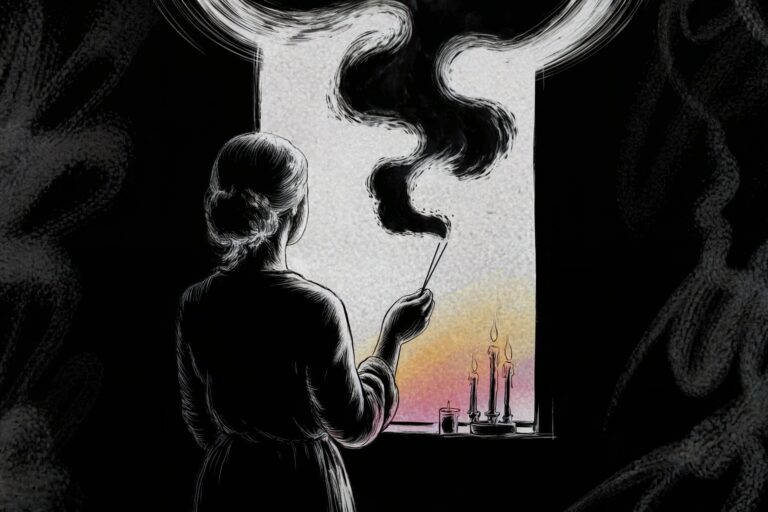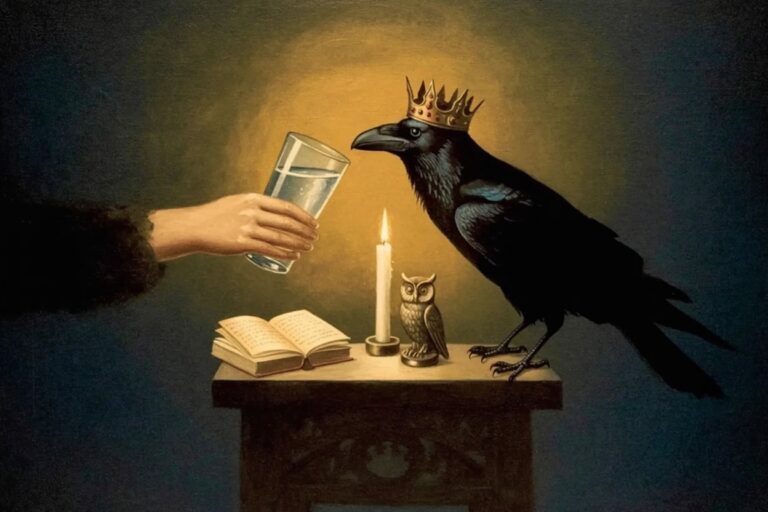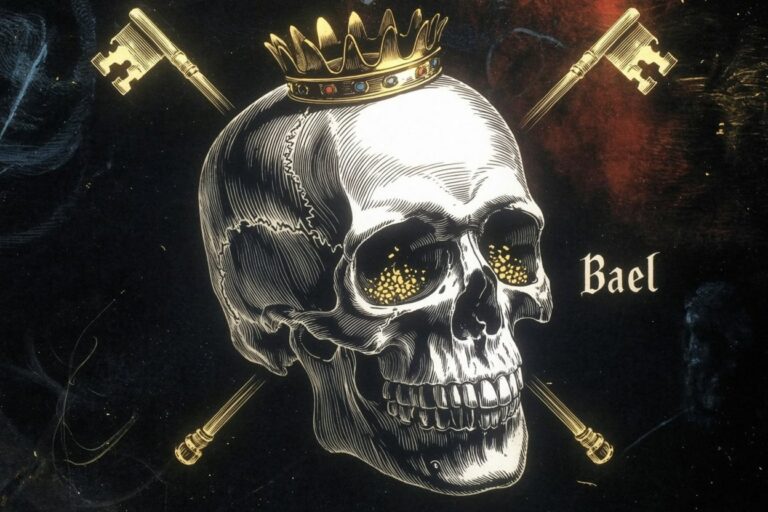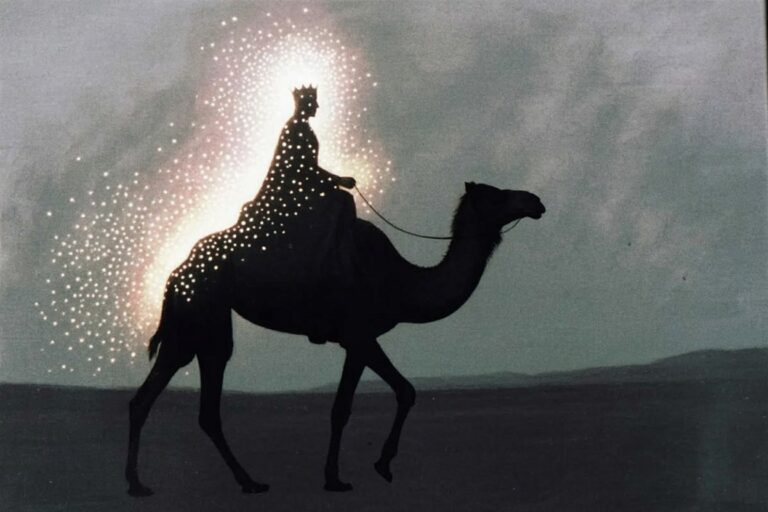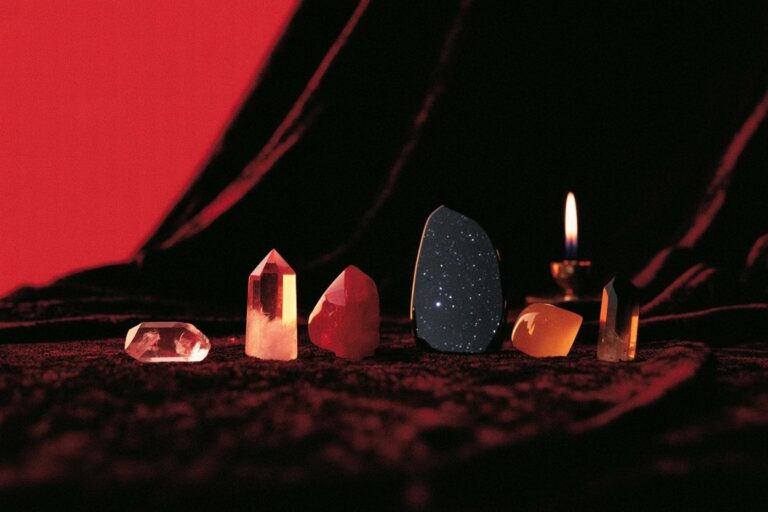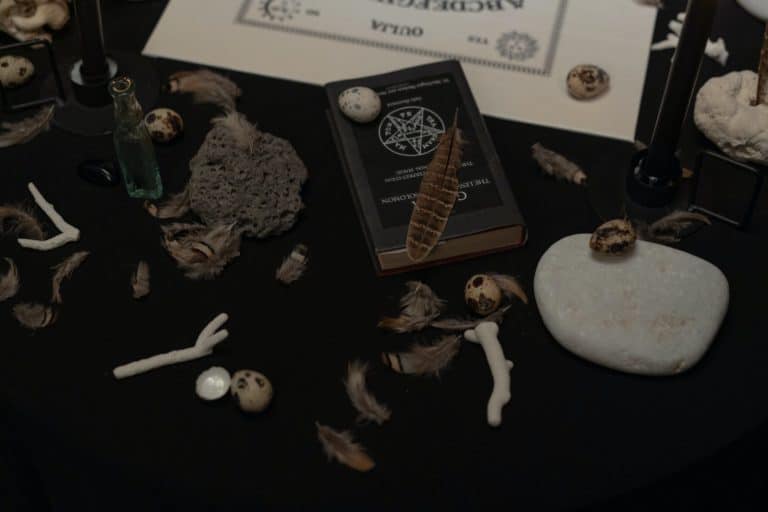Baphomet Beyond the Pentagram: Historical Symbolism You Never Knew
Please note that posts on this site may contain affiliate links
So I’ve been diving deep into the history of Baphomet lately and there is SO much more to this symbol than what you see plastered across heavy metal album covers and Halloween decorations! I’ve always been fascinated by symbols that get misunderstood by mainstream culture, and Baphomet might be the perfect example of this phenomenon.
I’m not claiming to be some expert or anything, but after spending many late nights researching, I thought I’d share some of the actually interesting stuff about Baphomet that doesn’t typically make it into casual conversations.

The True Origins of Baphomet
First things first – Baphomet wasn’t always the goat-headed figure we know today. The earliest mentions of anything like “Baphomet” come from the trials of the Knights Templar in the early 14th century. The Templars were accused of worshipping something called “Baphomet” during their initiation ceremonies. But here’s the thing – nobody really knows what THAT Baphomet actually was!
Some historians think the name might have been a medieval corruption of “Muhammad,” while others suggest it could have been related to Gnostic traditions or even a misunderstanding of Templar rituals. The reality is that the whole Baphomet accusation was probably just an excuse for King Philip IV of France to dissolve the Templars and seize their assets.
But the fascinating part is how we got from those vague Templar accusations to the goat-headed figure everyone recognizes today. That transformation didn’t happen until the 19th century!
Interestingly, u/Elwyindar notes that “Origin seems unimportant, the being existed before its popularization.” This perspective suggests that whatever we call “Baphomet” today may have existed as a spiritual entity long before it was given this particular name or image.

Baphomet’s Lesser-Known Symbolism
The Baphomet we recognize today largely comes from Éliphas Lévi’s illustration in his 1856 book “Transcendental Magic.” This is where things get interesting. Lévi wasn’t trying to create some evil demon or devil figure – he was creating a complex symbol of balance and opposing forces!
The goat-human hybrid represents the harmony between humanity and the animal kingdom. The raised hand and downward hand represent the hermetic principle of “as above, so below” – meaning that the spiritual world reflects the material world and vice versa. And all those other elements like the caduceus, the female breasts paired with a male figure, and the torch on the head? They’re all about uniting opposites: male and female, human and animal, light and dark.
Lévi intended Baphomet to be a symbol of perfect equilibrium and the union of opposing forces, which is honestly a really deep concept when you think about it. The binary opposition shows up across so many magical traditions from East to West and connects to ancient alchemical principles dating back to ancient Egypt and hermetic traditions that influenced early Christianity and Judaism through the Kabbalah.
This perspective is beautifully summarized by u/Specific_Crazy_9407, who shares Lévi’s own description of his famous Baphomet illustration:
“The goat on the frontispiece carries the sign of the pentagram on the forehead, with one point at the top, a symbol of light, his two hands forming the sign of hermetism, the one pointing up to the white moon of Chesed, the other pointing down to the black one of Geburah. This sign expresses the perfect harmony of mercy with justice.”
Lévi goes on to explain the flame between the horns as “the magic light of the universal balance, the image of the soul elevated above matter,” and describes how every element of the image carries symbolic significance.

Understanding Baphomet Energy
I should probably point out that working with Baphomet energy isn’t something to approach casually. There’s a reason why powerful symbols of transformation come with warnings in most magical traditions. The energies associated with profound change can be intense if you’re not prepared.
But Baphomet isn’t some dangerous entity waiting to cause havoc! That’s just fear-based thinking from people who don’t understand the symbolism. In reality, Baphomet represents wisdom and balance – something that anyone can benefit from connecting with.
This balanced perspective is echoed by u/therymancruise, who shares: “Baphomet is awesome but he is unlike the other spirits on this sub. Don’t expect to get a demonic energy from him, or to be able to work with him effectively using standard practices like goetic summoning.”
The same user suggests some practical approaches: “First, meditate on the image of him from Eliphas Lévi. Second, study his history. Learn about all the symbols within Baphomet, and the rise of the Baphomet legend in the Templar order. Third… try to contact him in dreams, and be open to what he may be trying to tell you.”
u/Elwyindar describes Baphomet as an “Excellent teacher. Patient, kind, mystically focused. Master of alchemy and symbolism. Teacher of sigils and spiritual laws. Balance in all things, juxtaposition of spiritual and physical, male and female. Their knowledge and wisdom is deep and vast.”
The Union of Opposites
What I find particularly fascinating is how Baphomet represents the transcendence of duality. This concept appears in many spiritual traditions – the idea that apparent opposites are actually complementary parts of a greater whole.
u/Taoist_Ponderer shares a particularly insightful quote, attributed to Aleister Crowley: “The Devil does not exist… ‘The Devil’ is, historically, the God of any people that one personally dislikes… This serpent, SATAN, is not the enemy of Man, but He who made Gods of our race, knowing Good and Evil; He bade ‘Know Thyself!’ and taught Initiation. He is ‘The Devil’ of The Book of Thoth, and His emblem is Baphomet, the Androgyne who is the hieroglyph of arcane perfection… He is therefore Life, and Love.”
The user adds: “As such, Baphomet represents the Union of Opposites, especially as mystically personified in Chaos and Babalon combined and biologically manifested with the sperm and egg united in the zygote.”
This interpretation aligns with u/Historical_Use_4846’s perspective: “It’s a symbol of oneness, duality is an illusion created by our perception of reality… So Baph is nothing more than an alchemical symbol for oneness of the universe.”
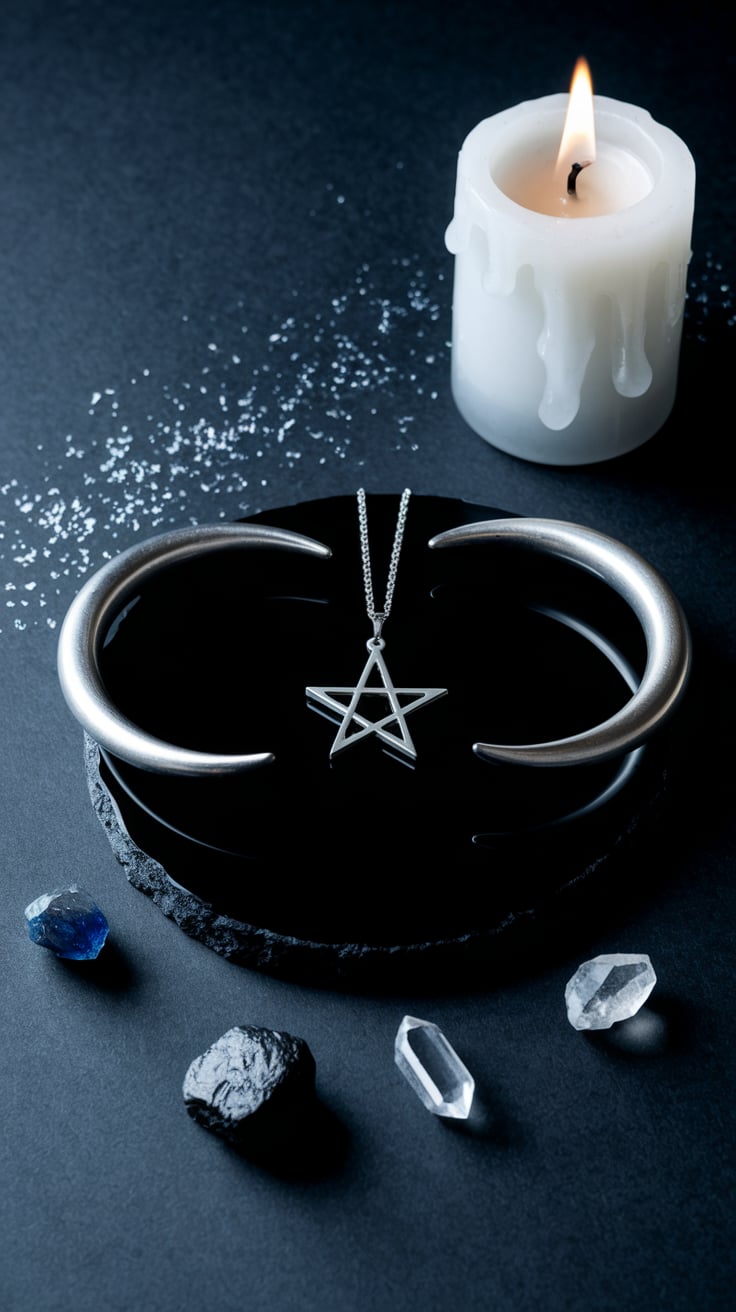
Gender Fluidity in Baphomet Symbolism
An interesting aspect of Baphomet that often gets overlooked is the entity’s gender fluidity. In Lévi’s illustration, Baphomet has both female breasts and a masculine form, embodying both masculine and feminine principles.
This is reflected in how different practitioners refer to Baphomet using various pronouns. For example, u/Over_Bug3942 says: “Honestly, as someone who worships baphomet, you won’t find much info on her. I do also find it interesting he shown up during your meditation with Lucifer… But hope you have fun with Baphomet! She’s as sweet as can be.”
Notice how this practitioner uses both “he” and “she” when referring to Baphomet, reflecting the entity’s transcendence of binary gender.
Modern Misconceptions
Popular culture has done Baphomet a disservice. Thanks to various moral panics (looking at you, 1980s Satanic Panic), Baphomet got lumped in with all sorts of fear-based occult stereotypes. But historically speaking, Baphomet was never a deity that was “worshipped” in ancient times – the symbol as we know it today didn’t exist until the 19th century!
u/Over_Bug3942 makes an important distinction: “I suggest researching their history :3 You’ll also find a lot of people who believe Baphomet is ‘The Devil’, which to be quite honest i find slightly silly? But that’s just my opinion of course. Baphomet, Satan and Lucifer are all 3 completely different entities, especially when you look into their historical mentions and their roots.”
Another huge misconception is that Baphomet is the same as Satan or the Devil. While modern Satanists have adopted versions of Baphomet imagery (particularly The Satanic Temple’s famous statue), historically they’re completely different symbols with different origins.
Historical Connections Worth Exploring
For those interested in exploring Baphomet’s historical connections more deeply, u/Macross137 offers an intriguing suggestion: “My personal recommendation if you want to work with Baphomet is to dig into the Goat of Mendes (Banebdjedet) connection.”
This reference points to ancient Egyptian mythology, where Banebdjedet was a ram-headed deity associated with fertility and the soul of Osiris. This connection highlights how modern occult symbols often have roots in much older religious traditions, creating a fascinating web of symbolic evolution across cultures and centuries.
Final Thoughts
So there you have it! Baphomet is much more interesting as a symbol of balance, wisdom, and the transcendence of dualities than as some scary demon figure. The historical reality is far more nuanced and intellectually rich than most modern portrayals would have you believe.
I think there’s something really valuable about understanding these kinds of misunderstood symbols – not just because accurate information is important, but because symbols like Baphomet challenge us to think beyond simple black-and-white categories. And couldn’t we all use a little more nuance in our thinking these days?
Maybe I’ll dive into some other misunderstood occult symbols next time. There are so many that have fascinating histories that go way deeper than their pop culture representations!
Until next time!

